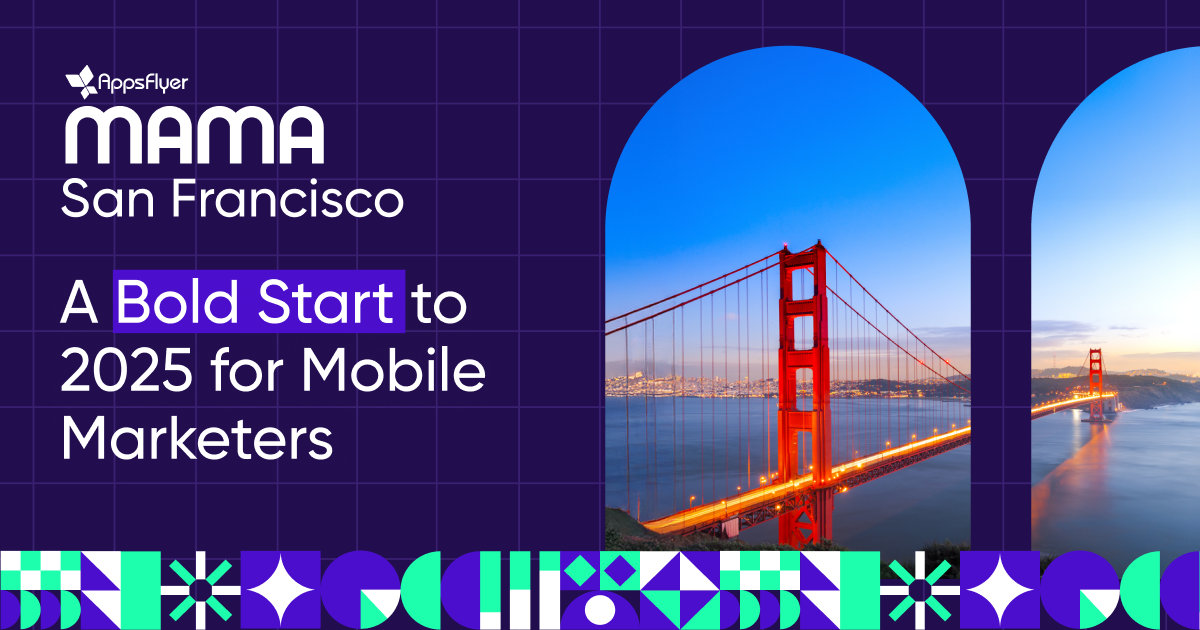
The anatomy of a mobile ad: Formats, copy, and colors

A mobile advertisement is a type of ad that is shown on users’ phones when they visit web pages or use apps. The objective of a mobile ad is to promote a brand, product or service. The goal is achieved when the ad captures the user’s attention, sparks interest, and eventually leads to engagement, purchase, or just branding.
Although app marketers know what a mobile ad is of course, not many know its anatomy and how its format and layout can be changed to create a positive impact.
In this article, we will review and detail all the structure of a mobile ad and give you a few pieces of advice in order to build a more stimulating ad.
From the visual perspective to a more psychological one, we’ll deep dive into the structure and the anatomy of a mobile ad including CTA, formats, copy, and color.
CTA
The call to action (CTA) button informs the viewer of the ad what action they should take. Basically, it encourages the user to take action. In the example below, to click on the ad and install the app.

Psychological principles of CTAs
Humans are curious by nature, we’re always trying to figure out and control our surroundings, to know what’s going to happen to us. That’s why we are constantly on the lookout for patterns.
The patterns we seek are often those of past experiences so we can try to anticipate what comes next and decide if an action should be taken or not.
Creating your CTA looking like a button is the best you can do when exploring CTAs. The more obvious the CTA, its design, and the proposed action, the better. If a user is interacting with your brand for the first time then you want your CTA to stand out. At the same time, you want existing users to feel a sense of continuity. It is therefore important to keep the CTA in theme with the rest of your visuals but experiment with how you can make it pop.
How to test CTAs
The CTA is the climax of your ad, it creates a purpose for those who have engaged with your ad, and it’s the pathway linking the user to your product. It should be also considered an important part of your A/B testing strategy. Your call to action button must be easy to see, clear, simple and not distracting. Try to use plain backgrounds. It should not take the attention away from the main message that the ad is trying to convey.
Your CTA should always complement the content. For example, if it is an ad for an app, the CTA could be “Install now,” or if it’s a social media post linking to a blog the CTA could be “Read more.”
When A/B testing, start with some classic copy such as “Install” or “Download” so you can create a benchmark, and then experiment with different styles to see how your target audience will react. Small changes in the wording can make a big difference so it’s good to play around and see what works. Keep an eye on the click-through rate as this is a great barometer for which CTA’s work the best.

Ad formats
Consumers are constantly flooded with content and information, so grabbing and holding their attention is a challenge.
Holding a user’s attention is even more difficult, and success rates can vary a lot depending on what type of ad is being shown, and what kind of device they are viewing your ad on. Bear in mind that if your targeting was successful and you managed to place the ads in front of the people you want to view them, they may only catch a quick glimpse before their attention moves on to something else.
Don’t despair, there are a few things you can do that might help you win a few more seconds of precious attention.
Static ads
Static ads are the most common form of ad. They don’t have any additional media or moving elements.
This type of mobile ad is a static banner that has a fixed visual content, usually including text, and a clear call to action.
Static ads are very popular because they are easily integrated into most media channels, they are simple to produce, and they don’t require much expertise. Despite their ease to create, they are often less impactful and therefore don’t produce a strong reaction when shown to the users.

Dynamic ads
Dynamic ads can be personalized according to the profile of the user and therefore tend to be more personalized and engaging. Dynamic ads also allow you to react depending on the consumer behavior and interaction with the ad, you can display different products, prices or even offer them a discount.
Dynamic ads can be more complicated to create and maintain since they require the user profile criteria to be updated on a continual basis to ensure you are showing the relevant ad at the right time. By doing so, you are appealing to the user which helps deliver a higher conversion rate for your ad.
Rich media
Rich media is any form of digital advertising that has interactive features, such as video, audio, or any other feature designed to engage the user. Rich media allows you to try different types of animation depending on your mobile creative.
This type of mobile ad normally produces a higher conversion rate since the animation helps to grab, and importantly hold the attention of the user, successfully delivering the message you are trying to communicate.
Video ads
Video ads are one of the most consumed types of ad. A typical user can spend 16 hours per week viewing video’s online. It’s hardly surprising that it’s one of the most popular types of ads chosen by advertisers to generate engagement with their audience.
As discussed above, the average user has an attention span of 8 seconds when it comes to watching ads, so try to focus on videos that do not exceed 15 to 30 seconds.
Try to capture the attention of the user within the first 5 seconds with a good hook holding their attention until the end of the ad when you want them to click on your CTA.
 Interstitial ads
Interstitial ads
Interstitials are full-screen ads that fill the screen of the user’s mobile device.
This type of mobile ad is highly efficient as it makes use of the app owners existing inventory. Interstitial ads make a big impact and easily catch the attention of the user, leading to higher click rates and therefore a better conversion rate.

Ad copy
Why do we like storytelling? Humans like to create stories to summarize and simplify a point.
Let’s take the example of a myth, a tale, or even a story. They all have the same function, reduce the complexity of the world and deliver a clear message that is easy to understand.
What’s ad copy?
Ad copy is the text in your advertisement. Your ad copy will include the headline, description, and call to action.
But have in mind that the objective of an ad copy is not to show the benefits of your product. Ad copy helps to tell a story, set expectations, and convince the user to take action.

How wording can create different expectations
You can create different expectations for users and achieve better results with some simple tricks. Get creative by testing out different CTAs. For example, “download,” “get it,” “join,” “try now,” “try” are good CTAs that work consistently well. However, you can go beyond and use a CTA that is directly connected to the ad copy.
Try establishing a question or a reference on the ad and the answer on the CTA, for example:
Ad copy: Do you want an app that delivers your groceries every week?
CTA: Sign me up!
Standing out of your competition is a big challenge so you have to try to inspire action from the user. One way to do that is to use vivid and powerful words, so try to incorporate in your ad copy vocabulary words such as: Easy, Effective, Free, Guarantee, Now, and Simple.
These types of words will give the user a snapshot of your message, even if it’s only a quick glimpse while scrolling through their feed. Think about the different emotions you can foster throughout your ad copy. You can focus on the good feelings that the user might get from your app and communicate it, such as: “The most fun game you can play” or “You deserve a burger, order it now.”
The possibilities and strategies on the ad copies are unlimited, it’s just a matter of testing what works with your audience.
Color theory and application
The theory of colors is an art and a science that tries to explain and understand how colors mix and contrast. Different colors communicate different messages. For example red can signal both anger and love. Blues and greens portray calm, growth and reliability, and yellow indicates youth, happiness, and energy. The colors you use affect the perception of creatives and the reaction of your users.
The brain takes just a few nanoseconds to analyze an ad, process its information, categorize and “translate” what it’s seeing. We are so attached to colors and what we expect from them that it has the power to convince us to buy something or not.
Let’s take fruit as an example: a shiny red apple is perceived to be more attractive than a pale red one, and therefore consumers are more likely to purchase the shiny attractive one.
These decisions happen all the time and are an inherited trait we as human beings have. Previous experience and associations play a big part in our decision-making process.
It is important therefore, to A/B test your creatives and choose colors that are associated with the message you are trying to communicate, as well as meeting the expectation of what the user thinks your app is going to deliver.
Dig deeper into the user experience of your app, and take into account that people from different countries may have different color associations. You can also A/B test color creatives among new users, and if different palettes create different expectations of your app.


Conclusion
The mobile ad has several different layers in its structure that we can test and adapt to build a more engaging, appealing, and stimulating creative.
From the text, to the visual, there are a number of techniques you as a marketer can employ to create more engaging mobile ads.
Knowing the structure and anatomy of a mobile ad is essential to understanding what will not only grab a user’s attention, but generate interest, engagement and revenue.





